|
As a conspicuous feature of the human body, hair – or its absence – is also a major element of social perception and identity. Yet the symbolic meaning of hair is far from fixed. Historically, the ways in which this bodily component has been regarded have been astonishingly varied, fluctuant and often contradictory. This is evident in even a brief sampling of the rich lore built by our multifaceted views on hair. For some time, a goodly head of masculine hair was considered the appanage of the warrior spirit. Among the ancients, servants and slaves reportedly had their hair cut very short, in contrast to patricians and free men, who wore it long. By the same token, Germanic kings wore their hair long, but they shaved the heads of the princes they vanquished. One historical account says that, when the son of the Merovingian king Chilperic I (c539-584) was killed, his body was recognised thanks to his long hair. Herodotus tells a story that attests to the relationship between hair length and military prowess. During the Persian invasion of Greece in 480 BCE, King Leonidas and his few thousand warriors, including 300 Spartans, were preparing to fight the hundreds of thousands of Persians at the pass of Thermopylae. The Persian commander, who had heard of a small Greek force, sent a spy to find out what they were doing. The spy returned with a surprising report: some of the Spartan soldiers were combing their hair. But the Persians found out that concern for style does not exclude grit, daring and ferocity; the vastly outnumbered Greeks were said to have held the pass for two whole days. An observation by the Greek orator Dio Chrysostom (c40-120 CE), in his brief Encomium on Hair, echoes this association between well-kept hair and formidableness. He refers to ‘hair-lovers’ who take extreme precautions when sleeping on the ground – using a piece of wood to keep their head clear of the earth – perhaps, he suggests, because ‘hair makes them both beautiful and at the same time terrifying’. Certainly, a man who appears dishevelled, as if still drowsy after a night’s sleep, is not as fearful a foe as one who looks spruce, trim and ready for battle. Pioneer pathologists spotted an occasional shaggy heart, and the presumption that cardiac hirsutism correlated with exceptional bravery persisted for a time. A different form of hairiness makes an appearance in the legend of the ancient warrior Aristomenes, who fought against the Spartan oppressors of his homeland. Made a prisoner repeatedly, he escaped his captors each time, demonstrating incredible daring and endurance. When he was finally slain by the Spartans, they opened his cadaver and, marvellous to recount, found that his heart was full of hair. This was not an isolated case in Greek lore. Plutarch told the same of the hero Leonidas; Caelius Rhodiginus, the 15th-century Venetian writer, said the same of the noted Greek rhetorician Hermogenes of Tarsus. Later, when autopsy studies were performed in Renaissance Italy, pioneer pathologists spotted an occasional shaggy heart and, for a time, the presumption that cardiac hirsutism correlated with exceptional bravery in life persisted. However, modern heirs to the likes of Giovanni Battista Morgagni (1682-1771), Antonio Vallisnieri (1661-1730) and other founders of the science of anatomical pathology did not inherit such a belief in an anatomical basis of moral virtues. To them, a ‘shaggy heart’ is simply the appearance seen in cases of fibrinous pericarditis. Fibrin is a protein formed during blood clotting. It presents thread-like fibres that, when deposited abundantly during inflammation, can impart a ‘hairy’ appearance to the surface of the heart (including, mind you, the hearts of cowards). These days, no one believes that the heart bears marks of a mettlesome spirit. And, as for the warrior’s mane: male army recruits today know that initiation into military life implies shaving the head. A luxuriant head of hair is considered by some to be proof of effeminacy, something opposite to military culture. Efficiency trumps stylishness: ours is a prosaic age. Traditionally, hair has also been thought of as an ornament, a thing of beauty, an adjunct for seduction – especially in women. Countless odes have sung the silkiness, the golden sheen or the pitch-black, splendiferous charm of the beloved’s hair. Take away the hair of the most outstandingly beautiful woman, and ‘were she Venus herself … she would not be able to seduce even her own husband,’ the Numidian writer Apuleius wrote in his 2nd-century novel Metamorphoses. ‘The hairs are Cupid’s nets, to catch all comers,’ reads a line in the English writer Robert Burton’s The Anatomy of Melancholy (1621). So powerful are the arcane forces believed to reside in women’s hair that an old Scottish superstition reputedly warned that women should refrain from combing their hair at night when their menfolk were at sea, lest doing so cause the boats to sink. Hair’s seductive powers help to explain women’s enduring concern for keeping it luscious, abundant and artfully displayed. At times, such displays have been taken to extraordinary heights. In the Western world, hairdo excess reached its acme during the life of Marie Antoinette (1755-93), the queen of France, who adopted famously complex coiffures, powdered and ornamented with ribbons, feathers, diamonds and more. Her hairdos also became politicised in the form of the coiffure allégorique, with figures alluding to important events. The coiffure à la Belle Poule, for example, featured a complete model of a victorious French warship. Much to the queen’s woe, her hairstyle fancies helped to confirm her frivolity, for which she would pay an inordinately heavy price. Women’s styles continue to enchant today yet, as regards the aesthetics of hair, some have fallen into the opposite extreme – concluding that female charm suffers no detriment from far more minimal hairstyles. The ‘pixie cut’, for instance, held sway in the 1950s and has since reasserted its power several times. The German fashion model Ioanna Palamarcuk has appeared in beauty contests with hair shaved or grown into a meagre crewcut, and so arrayed won the titles of Miss Hanover (2017) and Miss Lower Saxony (2018). Who would deny that, in terms of hygiene, comfort and general good sense, a crewcut drubs the baroque extravaganzas of the Enlightenment era? But we can still heave a sigh for the loss of such florid flamboyance. Men are no less vain than women. Yet, much to their chagrin, hair loss is common as they age. It hardly needs to be said that here, too, societal and individual judgment changes in parallel with the zeitgeist. There is evidence that some in contemporary society see bald men as more dominant than others. Yet the absence of men’s hair has traditionally been experienced as a source of perceived inadequacy. There is much to say about this common blow to the male self-esteem, but I will focus here on one male mental strategy to combat the baldness-induced doldrums: a novel way to regard hair and its caducity. It is owed to Synesius (c373-414 CE), bishop of Cyrenaica and author of an essay praising baldness. An ungarnished scalp, he wrote, is no detriment to a man’s honour; rather, it is a token of wisdom. Look at the busts and portraits of the great sages of the world: if you could put them together, the collection would look like a Museum of Baldheadedness. The sheep possesses the thickest hair among the animals; it is also the stupidest. Youth is the time when hair sprouts most profusely; it is also the time when a man lacks good judgment. When a man reaches the age of sound judgment and keen discernment, hair profuseness is an incongruity. The soul of man, in Plato’s magnificent allegory, is a charioteer who travels through the sky in a chariot pulled by two winged horses. The charioteer would like to climb, way up to the heavens, but the horses pull in different directions. One is a noble courser that obeys the charioteer’s orders – there is no need to use the whip. In contrast, the other one is heavy, ugly, ‘shaggy-eared and deaf’, and does not obey the orders. Why? Synesius suggests that the horse cannot hear because its ears are plugged by its overabundant hair. In sum, hair is a harmful appendage, marking a lack of good sense: nothing to be admired. No bald man today beguiles his frustration reading Synesius’ humorous lines. If his discontent is great, he has such alternatives as Minoxidil ointment and expensive, onerous surgery: the resources of a prosaic age. from Psyche
This section is for the "Follically Challenged". There are so many conversations and articles on the topic and I want make sure you are getting good information. This month's article is from the New York Times What Happened to That Comb-Over? Many balding men got hair transplants during the pandemic. Now they’re girding themselves for the return-to-office whispers. Joining the pandemic boom in cosmetic tuneups, many follicularly challenged men have used their time away from the office to embark on a fresh new look of their own: a hair transplant.
To some, a recarpeted scalp is a way of turning back the clock to a glorious youth. To others, it’s a business move, a way to burnish their image so as to rearm themselves for a return to the corporate trenches. But to many, it’s … well, a little awkward. Wait, weren’t you the guy with the comb-over? “Always, the dilemma is, what are people going to say?” said Robert Golden, 51, a tax adviser in Los Angeles who sprang for a hair transplant last winter while working remotely. “Do you tell anybody you’ve done it?” Men often feel sheepish about undergoing a hair transplant, at least at first, said Fabien Beretta, the executive director of the Beverly Hills Hair Group in Beverly Hills, Calif., where Mr. Golden went for his transplant. “Men are a little more iffy about getting anything cosmetic,” he said. “Women talk about it openly. Guys want to hide it.” There is nothing objectively embarrassing about a hair transplant. Even so, old stigmas linger. The internet is filled with articles like “Why You Shouldn’t Be Ashamed of Getting a Hair Transplant.” New hair in general, particularly toupées, have long served as gag material in movies and television shows. “Why don’t you get a pair of white shoes, move down to Miami Beach and get the whole thing over with,” Jerry teased George in the “Seinfeld” episode where the latter bought a new rug. This may explain why celebrities like Tom Hanks, Jude Law and Matthew McConaughey who appear, uh, “less bald than they used to be,” as Buzzfeed once put it, tend to remain mum about their bushy new manes, leaving tabloids to play the guessing game. “It’s like one of those old ’80s rom-coms, where the geek suddenly gets this flashy makeover and shows up at the club,” said Mitchell Virzi, 29, one-third of the Los Angeles comedy team called the Virzi Triplets, identical brothers who all got hair transplants in recent months. “For a lot of guys, it can feel awkward, like you’re trying on a new personality.” Then there are the perception problems of springing for a “luxury” like cosmetic surgery, particularly during troubled times. Transplants are not cheap, averaging around $7,000 but often rising to $20,000 or more, depending on geography, the type of procedure and the amount of work that needs to be done, said Dr. Akash Chandawarkar, a former plastic surgery chief resident at Johns Hopkins University who is now in Manhattan. To some guys, that can seem a little, well, vain. “There’s still that old stigma, where guys aren’t supposed to worry about how they look and spend a lot of money on their appearance,” said Alex Virzi, another of the newly coifed triplets. That doesn’t seem to be dissuading many balding men. “It’s the largest demand I have ever seen,” said Dr. Marc Dauer, a hair restoration surgeon who practices in Los Angeles and New York City and has seen about a 30 percent surge in hair transplant procedures, and a 50 percent increase in transplant consultations, during the pandemic. The Beverly Hills Hair Group has also seen a 25 percent spike in inquiries in recent months, and other cosmetic surgeons interviewed reported a similar surge. Some of this apparent boom seems attributable to the pandemic itself. Extended time away from the office gave men the cover they needed to slip away for the procedure, then recover away from prying eyes of co-workers. There is also “Zoom dysmorphia,” in which people feel the need to “fix” perceived “flaws” in their appearance spotted during endless hours of video conference calls. “On FaceTime, Skype or Zoom, people are looking at themselves more than anyone they’re talking to,” Mr. Beretta said. “It’s like they’re sitting at home all day looking in the mirror.” Then there is the emotional drain of the last 18 months, which is enough for even people with the fullest heads of hair to find their shower drains clogging with hair. Intense stress, as well as post-viral inflammation from Covid-19, can also cause temporary hair loss known as telogen effluvium. Whatever the traditional hesitations, the old shame over new hair may be fading, especially in this age of oversharing. It helps that the post-surgery results are not as stark as they once were. A popular method of hair transplants these days — follicular unit extraction, in which surgeons plant individual follicles from the back of the head onto the top of the head — can take months to start filling in. (“It’s like a Chia Pet,” Mitchell Virzi said.) For Mr. Golden, the tax adviser, his initial trepidations dissolved quickly once he saw how much his new hair boosted his confidence among friends and even with his wife, he said. And when he finally returned to the glassy high-rise office a month ago and displayed his new tresses to colleagues, the real shock was how little people cared, or even noticed. “To be honest, it wasn’t like I walked in and people said, ‘Oh, you got a hair transplant,’” he said. “It was done so well that people didn’t even really notice. They were like, ‘Did you get a haircut? You look younger.’” Dangerous Chemicals You Don’t Want in Your Hair Products Yes, I admit it. I am a hair care junkie. People may think I am obsessed with skincare, but the truth is when it comes to products for my golden locks things get out of control. There was a moment in my life when I had so many hair care products that I could open my hair salon (I am not exaggerating, believe me). A huge variety of shampoos, leave-on treatments, hair sprays, masks, serums, straightening balms, curling mists, volume powders – I don’t even remember all the stuff that I had. When I started my Master in Medicinal chemistry I was very passionate about one particular course – Chemicals in Personal Care Products. I admit that I learned a lot from our professor but I also did my research and I don’t regret it. Here is some “intriguing” info about 3 widely used chemicals in hair care products, that made me throw away half of the masks, serums, and mists that I was using at that time. Behentrimonium chloride If you have more than 5 hair masks/conditioners at home (that are not organic, of course) take 3 of them and take a look at the labels. Chances are you’ll find Behentrimonium chloride listed among the first ingredients. Behentrimonium chloride (also known as docosyltrimethylammonium chloride or BTAC-228) is a waxy-like substance that works as a de-frizzer and conditioning agent. It is the manufacturer’s favorite because it keeps your locks frizz-free and makes them manageable and soft. Behentrimonium chloride is considered toxic in concentrations of 0.1% and higher and is suspected to cause skin and eye irritations. Though some claim there is not enough evidence supporting this theory, for me the European laws say it all: In Europe, the amount of Behentrimonium chloride allowed in rinse-off and leave-on products shouldn’t exceed a certain percentage (rinse-off hair care products up to 5.0% & leave-on hair products up to 3.0%.). If this compound wasn’t potentially dangerous, then most probably no one would have set these regulatory requirements, right? PEG 150 Distearate Like most PEG’s (polyethylene glycols), this one serves primarily as an emulsifier and thickener. Though PEG 150 Distearate has a high molecular weight, which makes it unlikely to penetrate the skin barrier, it is suspected to contain traces of harmful impurities like Ethylene Oxide (mutagen which increases the risk of cancer; neurotoxin and skin irritant) and 1,4-Dioxane (cancerogenic compound, often found as a contaminant in various personal care product available on the market). Apart from that, when heated, PEG 150 produces vapors that can cause dizziness, nausea, and eye irritation. If traces of PEG 150 are left on your hair and you use a flat iron after a bath, do the math – slow poisoning over a long period. Silicones & Dimethicones What not to love about silicones and silicone-based polymers, like dimethicones? They make your hair shine, baby soft to the touch, manageable, and healthy-looking (yes, even when it’s burnt after regular flat iron abuse and bleaching). Silicones are probably the most widely used ingredients in the hair care industry and can be found everywhere – starting from shampoos, going through masks/conditioners, and ending at serums for split ends/damaged hair. Similar to mineral oil used in the manufacturing of skincare, silicones coat the hair fiber, helping it retain moisture. Besides that, they “glue” the hair cuticles, making the surface of the hair smoother. Smoother hair reflects more light and appears shiny and healthy. And we all want to be blinding, don’t we? Enough with the benefits, let’s talk about the not-so-bright-and-shiny side of the silicones. While silicones are considered relatively safe, some of them, being not water-soluble, build up, and do not allow your scalp to breathe. They can also clog the hair follicles, stopping the process of normal hair growth. Accumulation of silicones can weigh down your hair making it appear greasy and lifeless. Apart from these aesthetic problems that can occur with regular use, few people know that when heated, silicones (in particular Cyclopentasiloxane) release formaldehyde, which causes breathing problems, skin, and eye irritation, nausea, and headaches. And believe me, your heat-protectant spray contains at least one type of silicone. You can check. What did I do after finding out all these “hidden benefits” of my favorite hair care products? Well, I did some more research and I found that there are safer, greener, and even cheaper alternatives that perform just as well (tested and proven to work!). Natural Hair Care Alternatives Jojoba Oil Thanks to its waxy-like properties, jojoba oil forms a thin protective layer around the hair strand, that keeps the water locked in, making your locks look hydrated and healthy. I use it like leave-on treatment/serum and my hair has never been so shiny and manageable. Be careful with the quantity though and focus on the lengths of your hair, when applying. Jojoba oil is also famous for having a long-shelf-life (without nasty preservatives!) which makes it worth the money. If your scalp is too oily, you can try rebalancing it with weekly jojoba masks. Jojoba oil has a structure similar to the sebum your skin naturally produces. With regular use, I promise, you’ll see the difference! Argan Oil No wonder so many products available on the market have it on top of their ingredient lists. It makes hair softer and shinier, when used, both as pre-shower treatment and leave-on (especially if you have dry, coarse hair –this thing is ah-ma-zing!). It tames frizz, providing a silky smooth finish and glossy look. Thanks to the high content of vitamin E (a powerful antioxidant and nourishing agent), when applied directly on the scalp, Argan oil boosts the growth of healthy, strong hair. True miracle worker. From LAMAV Beauty Insider
When you exit the shower, it’s not always soap and dirt you’ve left behind. Instead, you may find clumps of hair clinging to your drain.The good news is, even if you feel like the clump looks super-sized, hair falling out in the shower is totally normal — everyone, regardless of gender, sees some shedding during a scrub. Keep reading to find out why hair falls out in the shower — and when you should call your doctor about your hair loss you see in the shower or beyond. The Stages of Hair Growth There are several phases of hair growth. A 2017 research review showed that these phases include the following phases:
A 2018 research review showed that when these phases are in their normal balance, the average person sheds about 100 hairs a day. You shed your hair during the telogen phase. If the phases become imbalanced and more hair enters the telogen phase, you may observe increased hair loss. Additional factors for hair falling out in the shower It’s understandably difficult to go back in your shower and count each hair individually. So, before you worry about shower-related hair loss, consider a few factors:
The shower is usually the place where you notice hair coming out the most. While it may seem like there’s a lot of hair, it’s probably just your body’s natural way of shedding. What Could Be Causing Hair To Fall Out in the Shower If you feel like the clumps of hair you see in the shower are larger than usual — or also are coming out in large amounts on your hairbrush — you should first consider any potential underlying causes. Stress According to a 2017 research review, an increase in clumps of hair in the shower is often due to telogen effluvium. This condition occurs more hairs are in the telogen phase and, thus, fall out more easily. The same research review above showed that the most common trigger is something many people know well: stress. Stress may be physical (such as after an illness or weight loss) or emotional. Usually, if you think back to the past 3 months or more, you may be able to connect higher stress levels to hair loss. When to Call a Doctor About Hair Falling Out in the Shower If you don’t feel like stress could be the underlying cause or you’re still not sure, it may be time to call your doctor. One symptom that could indicate a need to call your doctor is the pattern of hair loss. When you experience telogen effluvium, the hair loss is usually all over your head. If the hair loss is profound, you may feel like your hair is thinning significantly. Hair loss due to other conditions, such as alopecia areata, usually causes patchy hair loss. This is a different, but treatable, underlying cause of hair loss. Preventing Hair from Falling Out in the Shower If you notice your shower hair loss more, there are at-home actions you can take that may slow the shed. These include: Combatting your stress Finding ways to relax can help fight stress, which is known to be a cause of hair loss. Examples could include:
Addressing the source of stress While this isn’t always possible, take a look at what is causing your stress. Perhaps you are taking on too many projects outside of work, or you have a friend or family member who is asking too much of you. When possible, lessening or removing the stress source can help resolve hair loss and make you feel better overall. Talk to your employer or people who are close with you about how they might be able to help you. Changing your diet Your body requires a number of vitamins and minerals to grow hair. These include:
While vitamins are available, often the best way to incorporate these is to add more nutritional foods to your diet. Colorful fruits and vegetables are excellent sources of nutrients. Make an effort to add one to two a day, and you can ideally improve your hair health. Taking gentle care of your hair Heat styling, harsh brushing habits, or strong chemicals used on your hair can all increase the rate of hair loss due to breakage. Taking steps such as switching to a gentle shampoo, allowing your hair to air-dry after bathing, or refraining from wearing very tight hairstyles can all help to reduce the amount of hair that falls out later in the shower. Does shower frequency matter? There’s some debate over whether taking fewer showers could reduce hair shedding. If you’re using super-hot water or irritating hair products in the shower, taking fewer showers could likely reduce hair shedding. But waiting longer between showers as a way to reduce hair loss could just mean you notice more hairs in the shower. The hairs that do fall out naturally are always going to, no matter what, and it can look like a lot more shedding that it is since they’ve had a few days to build up. Takeaway Hair shedding in the shower usually isn’t cause for concern — it’s just the place you’re most likely to notice your hair coming out. This is true for males and females. Talk with your doctor if you notice any of the following:
Healthlne
Last medically reviewed on March 2, 2021 10/10/2021 0 Comments Sea Salt Spray Tips for All Hair TypesSea salt spray is your beach hair in a bottle. Think about how your hair feels with the salt water, wind, and a day at the beach; a sea salt spray will help recreate that feel and look – unfortunately, minus the beach trip. Sea salt adds texture and volume with a gritty matte finish to all hair lengths. Learn how to use this simple magic to pull off a slightly messy look that is all the rage now! First, What Is a Sea Salt Spray? Contrary to what you might have assumed, the spray contains not just some sea salt diluted in water, even though this is indeed the key component. Most brands enrich the mixture with nourishing oils and proteins that makes it safe to use on all hair types. For example, coconut oil and aloe vera are popular components. A sea salt spray gives hair a scrunchy feel and qualifies as a texturizing product, which makes it excellent for giving texture to soft straight hair and enhancing natural waves. You should be extra careful when using it in coarse hair, as large-diameter strands feel quite wiry on their own and need smoothing rather than texturizing. How to Use Sea Salt Spray It is best to apply sea salt spray on damp hair. Always remember to shake the bottle before using the spray as ingredients may settle over time. When looking to create movement on straight hair or enhance your natural wave, apply sea salt spray to roots and a mid-length area, twist sections and/or scrunch your hair, and let it air dry. The smaller the sections you twist and scrunch, the wavier your hair will be. To add extra volume, diffuse your wavy hair with diffuser attachment on a blow dryer on a low to medium heat and speed. If your hair is on the straight side and you want a more polished beach wave, curl a few sections around your face with a curling iron and then mist and gently scrunch dry locks with some salt spray. You can also use salt spray to achieve more volume in fine locks. Here, its role will be similar to that of a texture powder or dry shampoo that prevents oils from weighing down the roots. Working on the damp hair, section and spray the roots and over-direct the root area using the nozzle of the blow dryer on medium heat. The heat will lock in the volume from the sea salt. Once you have a good pre-dry at the roots, finish blowout in sections using a round brush and overdirecting the root area. It also works great as a pre-styler for short and men’s hair to set the short hairstyle in place and give it a textured, matte finish. Just give a few spritzs to apply a small amount of the product into your damp hair and blow dry as usual. It is ok to use sea salt spray on dry hair – it will add texture to your existing style. However, when working with hair that is dehydrated, apply a leave-in conditioner before adding the sea salt spray to achieve the desired look. The leave-in conditioner will help keep hair moisturized and looking its best. 5 Best Sea Salt Sprays to Try The newest beach wave hair products contain super-moisturizing and nourishing ingredients, lightweight formulas and tempting extra features, so you’re sure to find a perfect texturizer for your needs and wants. My all-time favorite salt sprays are from the Bumble and Bumble family, but there are a few more definitely worth your attention: B&B Surf Spray – the best sea salt spray from the OG of the surf line. Free from harsh parabens and sulfates, Bumble and Bumble’s Surf Spray is a leading beach hair spray, constantly flying off the shelves of every supplying retailer. This little 4-ounce bottle includes all of the ingredients needed to create matte volume, fullness, and just-got-home-from-Cabo waves. Even when summertime has ended, this salt-infused formula can create surf spray hair and waves. B&B Surf Infusion – the best option for thick coarse hair. Remember me saying the salt spray it’s for coarse hair? Well, B&B Surf Infusion is, as it is designed specifically for this hair type and helps to get moisture back into the strands. It adds a splendid shine and definition, too. B&B Surf Foam Spray – the best sea salt spray for adding volume. This part mousse part salt spray allows getting the most lift and volume in fine to medium hair for a big, beachy texture of the locks. At the same time, the blend is infused with coconut water to protect the health of the fine strands and prevent split ends. Oliology Coconut Oil Beach Wave Sea Salt Mist – the best sea salt spray for fine hair. This is another spray that is great for adding grit and texture, but it creates a softer finish so that the locks do not have a crunchy feel that not all of you may like. In addition to styling your locks, the spray can actually make your hair stronger due to the bamboo extract it contains. Not Your Mother’s Beach Babe Texturizing Sea Salt Spray -the best sea salt spray with anti-frizz effect. If you have frizzy, hard-to-handle hair, the aloe leaf in this spray will moisturize hair while the sea salt adds texture. Aloe extracts will also protect hair against dryness while soothing and healing damage from sun exposure and help keep the scalp healthy. How to Prepare Your Own Salt Water Spray If you’re in for DIY hair products, you can easily prepare your own sea salt spray, too. Here is what you need:
Add all ingredients to the spray bottle and shake well to mix. Always remember to shake well before each use! Can I Use Sea Salt Spray Every Day? It’s true when they say, “too much of a good thing…” Overuse of sea salt spray can make the hair feel dry and brittle, so it’s not recommended to use it every day. The salt in the product removes moisture from the hair, which adds volume and texture, but leaves hair dehydrated. If you use the spray quite often, be sure to use a good moisturizing conditioner or invest in a weekly deep conditioner. Don’t be afraid to give sea salt spray a try; pick one up, or make your own, and you will be happy you did! From The Right Hairstyles
|
Hair by BrianMy name is Brian and I help people confidently take on the world. CategoriesAll Advice Announcement Awards Balayage Barbering Beach Waves Beauty News Book Now Brazilian Treatment Clients Cool Facts COVID 19 Health COVID 19 Update Curlies EGift Card Films Follically Challenged Gossip Grooming Hair Care Haircolor Haircut Hair Facts Hair History Hair Loss Hair Styling Hair Tips Hair Tools Health Health And Safety Healthy Hair Highlights Holidays Humor Mens Hair Men's Long Hair Newsletter Ombre Policies Procedures Press Release Previous Blog Privacy Policy Product Knowledge Product Reviews Promotions Read Your Labels Recommendations Reviews Scalp Health Science Services Smoothing Treatments Social Media Summer Hair Tips Textured Hair Thinning Hair Travel Tips Trending Wellness Womens Hair Archives
April 2025
|
|
Hey...
Your Mom Called! Book today! |
Sunday: 11am-5pm
Monday: 11am-6pm Tuesday: 10am - 6pm Wednesday: 10am - 6pm Thursday: By Appointment Friday: By Appointment Saturday: By Appointment |


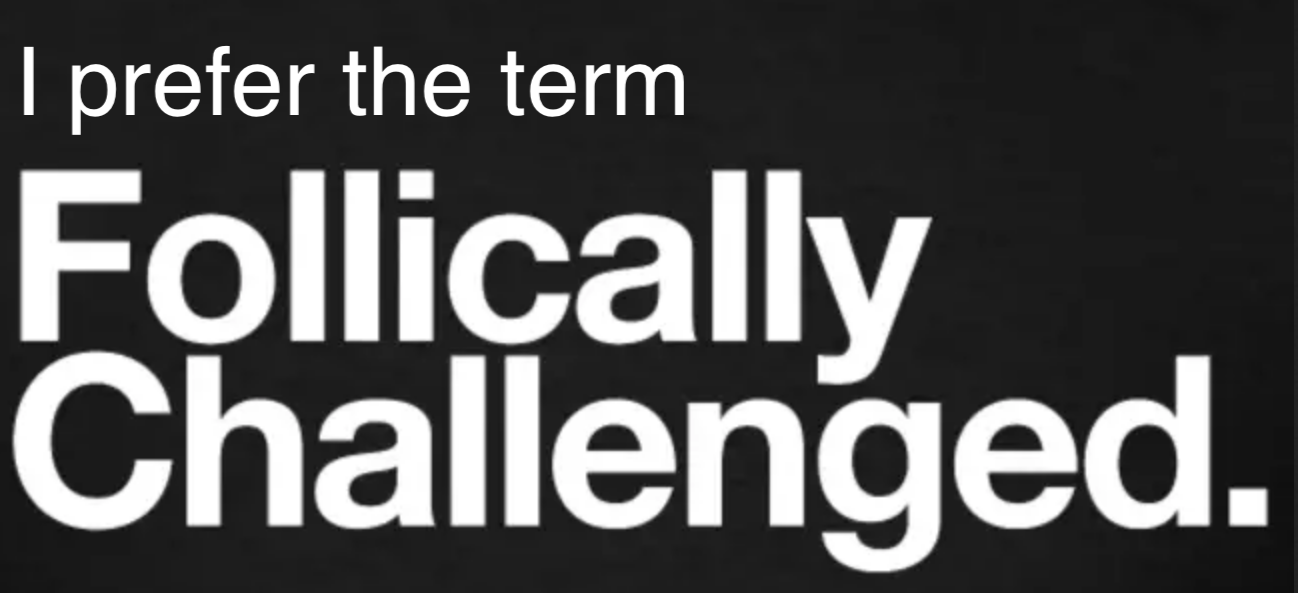



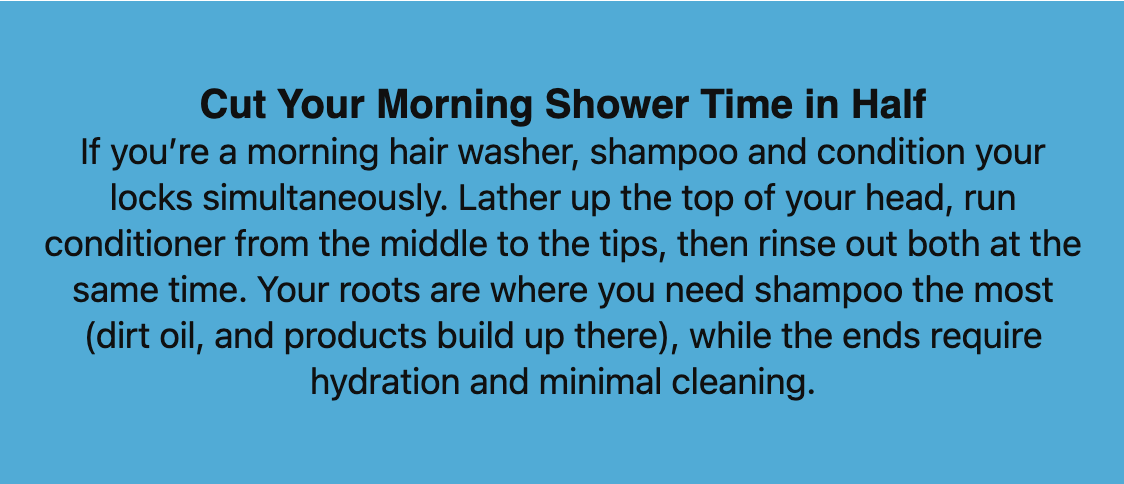
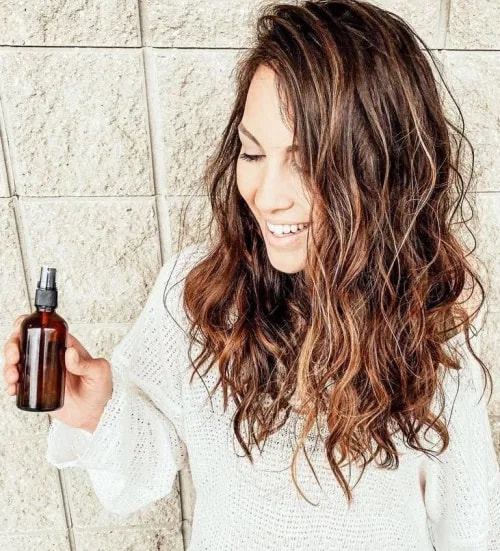
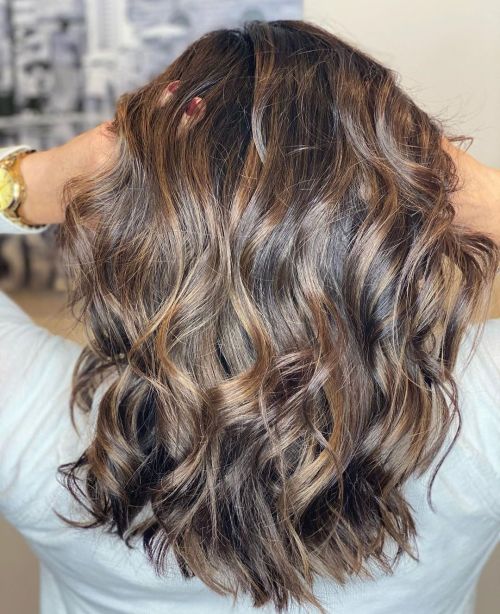
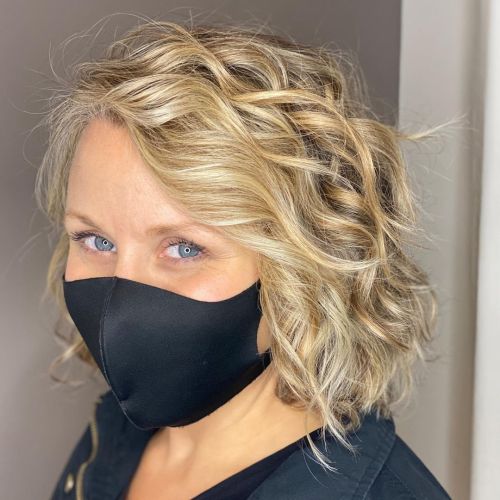
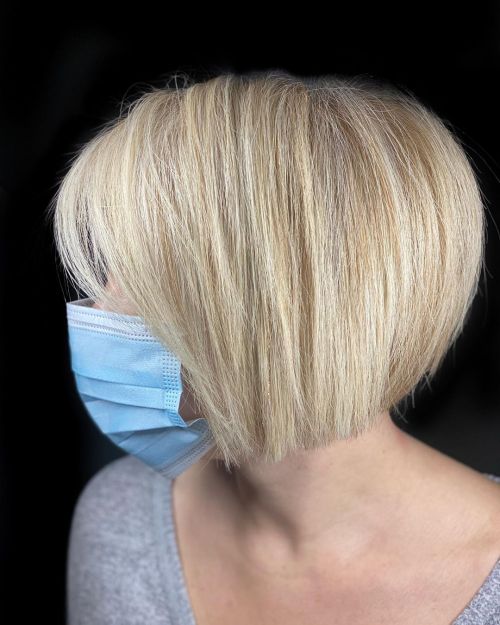
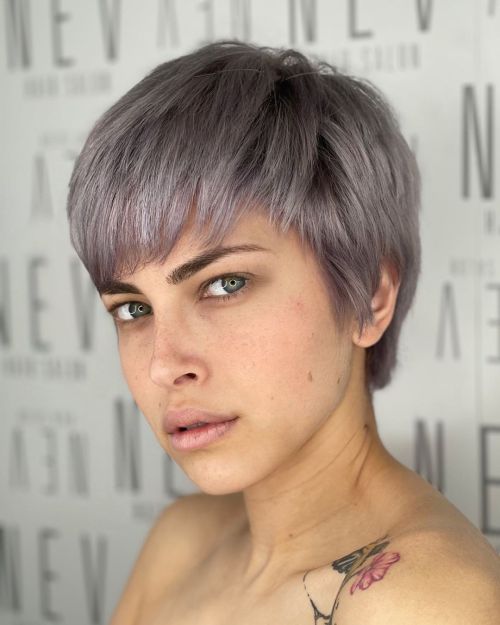
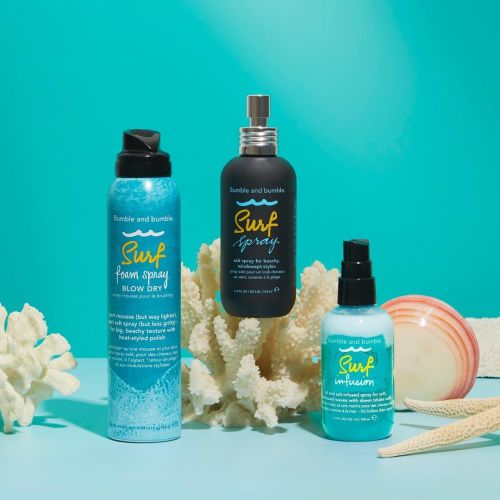
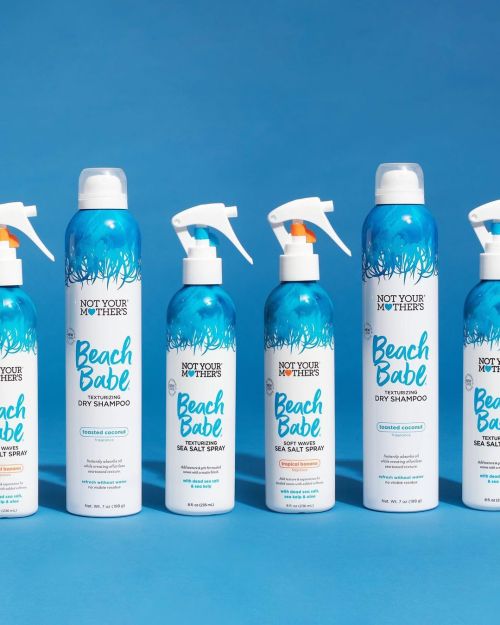

 RSS Feed
RSS Feed